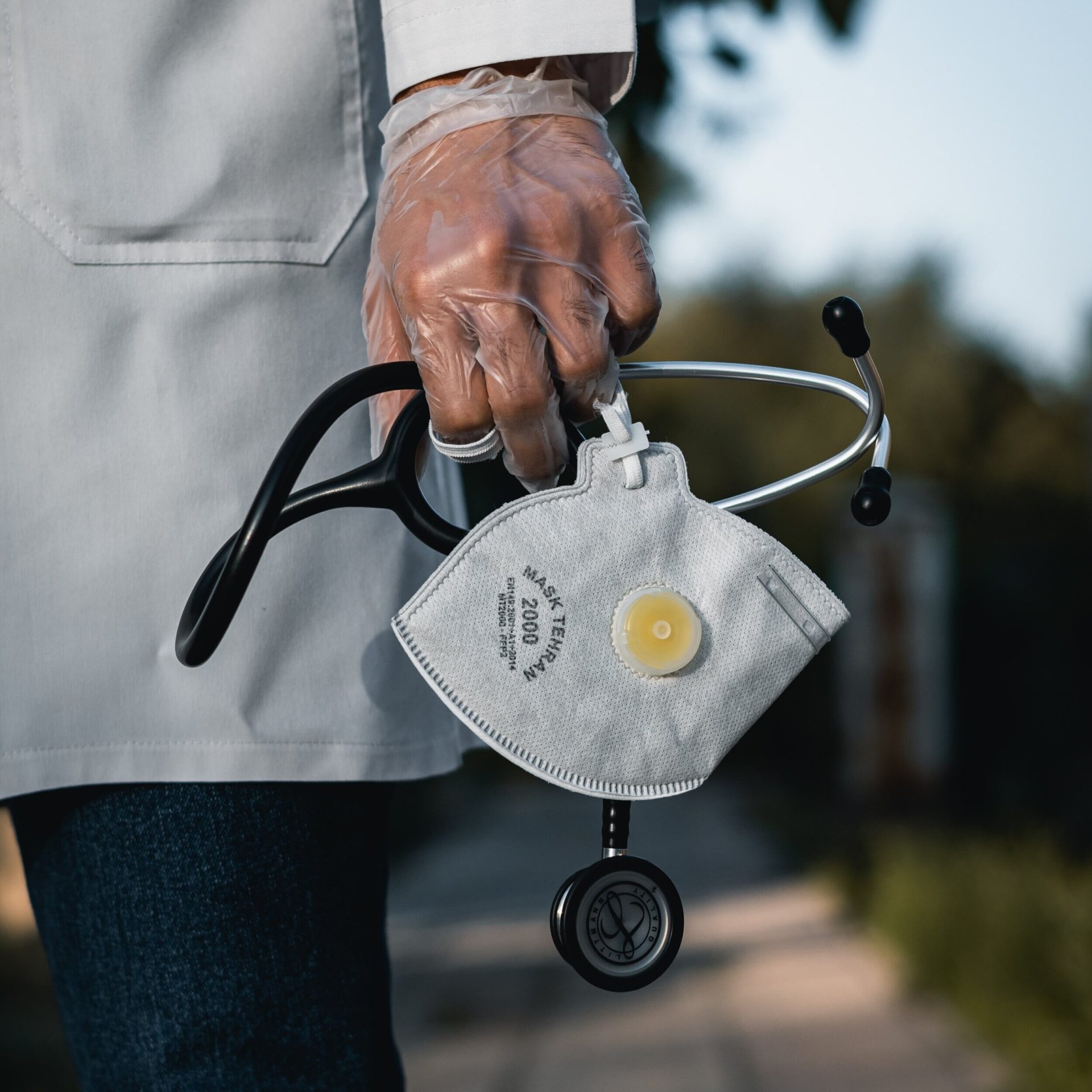
There’s a public health crisis that has received little to no media attention. Yet, even as Americans are more aware of public health issues than ever before, this condition affects millions of women, especially pregnant ones, and it has generational implications for their offspring.
It’s called iron deficiency: the most common malady on the planet. Once known as “iron-poor blood,” this condition is more serious and widespread than most people imagine. Its more advanced form – known as iron deficiency anemia – this condition affects approximately 50% of women overall and up to 90% of pregnant women, especially minority and poorer women. Even the general U.S. medical community is not up to speed on its management.
First: a crash course on anemia. Our blood is made of three types of cells: red blood cells that carry oxygen; white blood cells that fight infections; and platelets that assist with blood clotting. These cells swim in a fluid stream called plasma.
Let’s focus on red blood cells. These are made in bone marrow with the basic building block chemical ingredients. These include iron, vitamin B12, and folic acid. Without them, red blood cells are not made or are made poorly. The amount of blood one has is measured routinely in a test called the “complete blood count” (or CBC).
A low red blood cell count means a person is anemic, and people who have it typically struggle with fatigue and shortness of breath with exertion. However, symptoms can be absent, mild, or severe depending on the extent of the anemia and the presence of other conditions. There are many causes of anemia, but far and away the most common cause in women is iron deficiency.
Women are especially affected by iron deficiency because, unlike men, they lose blood with menstruation and childbearing. Iron leaves their bodies, and their diets don’t make up the deficit. Over time, women may become iron deficient to the point where their red blood cell counts are 10-40% lower than normal.
When a woman becomes pregnant, her iron needs increase dramatically to support the developing fetus and placenta. This puts the mother and baby at risk for a variety of complications such as preterm labor, low-birth-weight infants, and developmental disorders. Should the mother hemorrhage at delivery, she will have fewer blood reserves with which to recover. Shockingly, we do not routinely screen expectant mothers for an iron deficiency unless they are anemic. This misses 40-50% of cases on initial evaluation.
Perhaps most crucially, iron is necessary for fetal brain development. Recently the association between maternal iron deficit and babies with neurodevelopment disorders has been identified. These disorders include autism spectrum disorder (ASD), attention-deficit/hyperactivity disorder (ADHD), and intellectual disability (ID).
Could it be that the apparent increase in these disorders is related to iron deficiency? The United Kingdom, among other nations, believes that it is and has adopted guidelines to routinely identify and treat iron deficiency in pregnancy.
Iron deficiency in women is not appreciated and understood across the American medical profession. While life-threatening anemia is immediately identified and treated, moderate levels (5%-30% below normal) are disregarded because of the lack of symptoms, and it’s not an emergency. This casual attitude towards the problem mirrors other shortcomings in caring for women. This neglect leads to more heart attacks in women, performing unnecessary Cesarean deliveries, and providers simply not taking women’s medical complaints seriously enough.
Here’s the good news: iron deficiency can be treated easily, safely, and affordably. The standard first line of treatment is oral iron supplements. The problem is that these supplements are often not tolerated, causing abdominal pain, cramping, and constipation, or diarrhea. Ask most women about taking oral iron, and you’ll get a range of answers, most of them not good.
Further, treating iron deficiency this way may take months to years to correct because oral iron is not easily absorbed. This timeline to replenishment does not work when a woman is pregnant. Even more concerning is that data shows when oral iron is taken in the second and third trimesters virtually none gets to the baby.
For decades medical students were taught that giving iron replacement by intravenous iron infusions was dangerous. This stemmed from a lack of understanding about the nature of potential allergic reactions. This teaching was embedded in medical training, and generations of physicians were cautioned against utilizing iron infusions.
Times have changed. We now know that iron infusions by vein can be safely administered, in part because of new iron formulations. The process takes about 15-60 minutes, and costs are covered by insurance providers, including Medicaid. Typically, only one treatment is needed. For pregnant women, the best time for infusion is at the beginning of her second trimester.
Millions of American women are suffering from a condition that’s easily identified and readily treatable. With intravenous iron administration, more women will feel better, and their children would likely be healthier. Yet evaluating and treating iron deficiency with up-to-date medical science is not the standard of care in the US. It should be.
The alarm needs to be sounded. There’s no longer any excuse for this situation to continue. It’s time for the public – especially pregnant women and their partners – to demand change. Given the vast numbers of people affected, the ease of effective care, and the short and long-term benefits, this would be one of the best investments we could make in our healthcare system. What are we waiting for?

Dan Morhaim, M.D.
Dan Morhaim, M.D. is an emergency medicine physician, former Maryland State Legislator (1995-2019), healthcare consultant, and his new book is “Preparing for a Better End”, www.thebetterend.com (Johns Hopkins Press).






